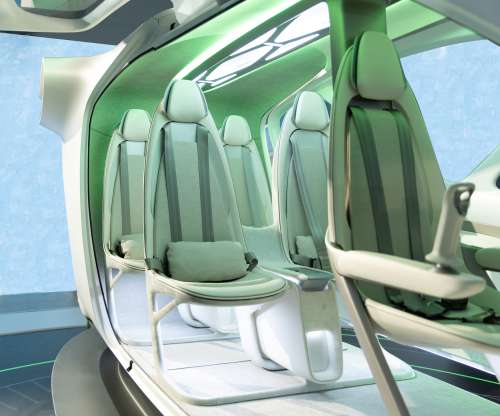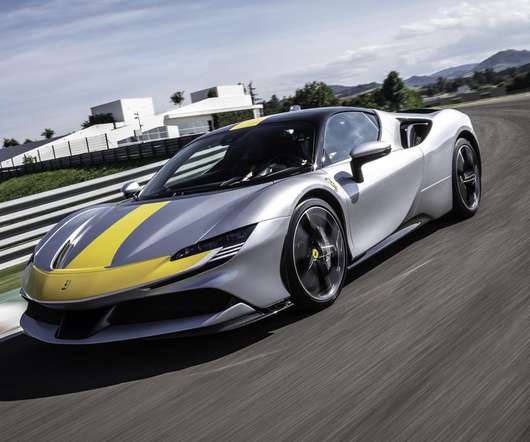Hyundai Motor Group’s Supernal unveils eVTOL vehicle cabin concept at 2022 Farnborough International Airshow
Green Car Congress
JULY 19, 2022
Beyond the vehicle, Supernal is collaborating with external partners and the Group’s more than 50 affiliates—which span automobiles, automotive parts, construction, robotics and autonomous driving—to co-create the expansive AAM value chain. —Jaiwon Shin.
























Let's personalize your content